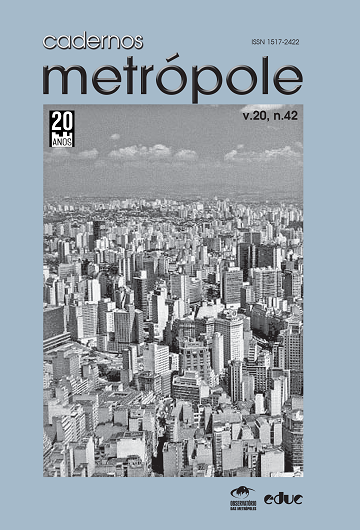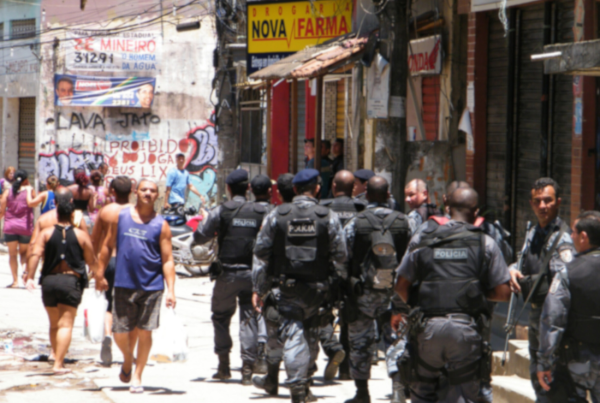No artigo Disaster risk management and hydrographic basin analysis: the geotechnical map of suitability for urbanization of Itapevi – São Paulo, Brazil, destaque da Revista Cadernos Metrópole n 42, Vitor Vieira Vasconcelos, Sandra Momm, Kátia Canil e Fernando Rocha Nogueira focalizam a questão da urbanização, mostrando o potencial das cartas geotécnicas para a definição de áreas adequadas para a ocupação. Além dos modelos de modelagem, foi realizado também um mapeamento participativo, com a finalidade de complementar as informações levantadas.
Segundo os autores, as cartas geotécnicas de aptidão à urbanização fornecem diretrizes para ocupação do solo frente à susceptibilidade a desastres. Neste artigo, apresentam-se inovações metodológicas para elaboração dessas cartas incorporando a análise de bacias hidrográficas em um estudo de caso do município de Itapevi, São Paulo.
Empregou-se o modelo Shalstab (Shallow Slope Stability) para avaliar a susceptibilidade a desliza- mentos e eventos correlatos. As zonas úmidas foram mapeadas conjugando o modelo Hand (Height to the nearest drainage), mapeamento de planícies fluviais e a proximidade a encostas côncavas.
Um mapeamento participativo identificou áreas críticas de inundação e possíveis impactos ocupação de suas sub-bacias. As tendências de urbanização foram modeladas por kernel multivariado. São discutidas perspectivas de gestão de risco de desastres junto à gestão de bacias hidrográficas.
O artigo “Gestão de risco de desastres e análise de bacias hidrográficas: a carta geotécnica de aptidão à urbanização de Itapevi – SP, Brasil” é um dos destaques do Dossiê “Desastres Urbanos”, da edição nº 42 da Revista Cadernos Metrópole.

Abstract
Geotechnical maps of suitability for urbanization can provide directives for land use in terms of susceptibility to disasters. This paper presents methodological innovations for the development of these maps by incorporating hydrographic basin analysis in a case study conducted in the municipality of Itapevi. The Shalstab (Shallow Slope Stability) model evaluated the susceptibility of an area to landslides and correlated events. Wet zones were mapped by combining the Hand (Height to the Nearest Drainage) model with floodplain mapping and proximity to concave slopes. Participatory mapping delineated critical flood areas and possible impacts of land use on sub-basins. Urbanization trends were modeled using multivariate kernel analysis. This study presents perspectives on disaster risk management integrated with those of basin management.
INTRODUCTION
Normative and conceptual aspects of geotechnical maps of suitability for urbanization
The municipal government has the constitutional responsibility to manage land use, including the authority to establish restrictions, criteria and precautions for entrepreneurs or the government itself. The municipality shares this responsibility with other public entities, respecting the distinct role of each government level, from local to regional, regarding the general and specific rules and their respective enforcement. In this spectrum of competences and practices related to spatial dynamics and considering that the frequency of extreme events and disasters has been increasing in Brazil, such as in “Vale do Itajaí”, State of Santa Catarina, in 2008 and in “Região Serrana”, State of Rio de Janeiro, in 2011, the Brazilian Federal Government promulgated, through Federal Law n. 12.608 of 2012, the National Policy of Civil Protection and Defense.
This policy prioritized the integration of policies related to disaster risk reduction among various sectorial and development policies, especially those related to territorial planning. Article 22 of the policy amends Federal Law n. 12.304 of 2010, which obligates municipal governments to develop geotechnical maps of suitability for urbanization, with urbanism guidelines regarding the safety of new land allotments.
The concept of suitability for urbanization, considering physical processes that trigger disasters, relies on terrain characterization regarding process related to geology (gravitational mass movements) and hydrology (floods) by indicating guidelines for land use, specific recommendations and restrictive areas (Prandini, 1980; Sobreira and Souza, 2012). Its application is focused on urban expansion areas within municipalities, including areas in the consolidation phase or those that are still not urbanized. In addition to physical parameters, other factors are taken into account, such as successional stages of vegetation cover and aspects related to environmental legislation that define restrictions to land use.
In this way, geotechnical maps synthesize technical knowledge about the physical environment and its underlying processes (hence the prefix geo) in a given area to subsidize the establishment of measures for appropriate land use (hence the suffix technic). Its cartographic product enables the government to develop guidelines for urban territorial planning of urban expansion areas in municipalities, thus facilitating the formulation and revision of municipal masterplans.
Considering the potential applications of this technical tool for public policies in the context of competences and specificities of municipal action, geotechnical maps of suitability for urbanization face two main challenges. First, there are the limitations of municipal action in face of the challenges generated by the Brazilian development model, which has caused social inequalities and severe socio-environmental problems. The spatial result, in this case, despite the existence of policy tools such as municipal masterplans, is usually a socio-spatial precariousness and an incapacity to maintain and recover important ecosystem services, worsening the vulnerability to emerging climate challenges. Second, developing this type of geotechnical map is a technical-methodological challenge because this map is a novel instrument that seeks a territorial approach for risk reduction and prevention, integrating conventional disciplines such as geology and hydrology with components of spatial dynamics, planning and management.
This paper analyzes one experience in which the methodological challenge of developing these maps is coupled to the challenge of municipal planning and management in terms of its possible re- applicability to municipalities in developing countries such as Brazil. The emphasis lies on the territorial aspects of hydrographic basins and their interactions through hydrological dynamics. Regarding the structural problems of the development model and the public management, the existence of geotechnical maps of suitability for urbanization alone would not be sufficient to change the scenario, but when associated with actions of risk reduction and prevention, these maps would certainly add new elements for the culture and system of municipal management (Reimer, 2013).
O artigo completo está disponível no site da Revista Cadernos Metrópole.

















